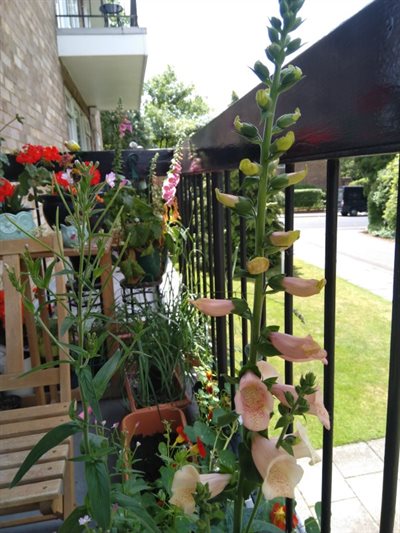Pandemics have always changed our perspective to the built environment, and the current COVID-19 is no exception. Architecture helps shape the quality of our environment and can contribute to our health and wellbeing. The lockdown provided an opportunity to think about the design of our homes and neighbourhoods. Our homes became a place for working, studying, playing, exercising and entertainment. Yet, it should also provide the privacy and social distancing rules if one person in the household is quarantined. This had been proven difficult in specific housing typologies; i.e. flats and high-rise building with no access to private gardens VS detached & semi-detached houses.
Two factors challenged my personal experience during the lockdown in our Surrey-based home; home-schooling my 6-year-old daughter and staying active in a flat that has no private garden. Turning our flat into a school class meant that we are using all the walls and sometimes windows to stick our teaching material that is related to phonics, maths and writing. Also, I had to schedule my zoom meetings according to my husband and daughter’s meetings. Which sometimes didn’t work out and we ended up having our meeting at the same time, and my daughter was part of most of mine- sometimes taking notes! Most of the activities we had were family-oriented like baking, art and crafts, planting flowers and vegetables on our balcony, yoga with Cosmic Kids and Joe Wicks PE sessions every morning.
 Family walks in our neighbourhood made us observe a few architectural elements that facilitated the connection between the indoor & outdoor environment and provided the social interaction yet kept the social distancing rule. These are; the balcony, terrace, roof terrace, gardens, communal semi-public space and inward-looking balconies. Flats in tower building, like in central London, didn’t provide this interaction and consequently had a negative impact on the mentality of its quarantined residents; no distant social interaction, no fresh air and semi-private space that could be used to exercise or even sunbathing. New forms of distant social interaction had emerged by both adults and kids; e.g. my daughter had playdates with her friend from next door each on their balconies. Videos show residents on balconies and front gardens with musical instruments singing and enchanting national songs and dancing. Footages from Greece show people using the rooftop of housing units, that are part of the organic urban fabric, to socialize and exercise.
Family walks in our neighbourhood made us observe a few architectural elements that facilitated the connection between the indoor & outdoor environment and provided the social interaction yet kept the social distancing rule. These are; the balcony, terrace, roof terrace, gardens, communal semi-public space and inward-looking balconies. Flats in tower building, like in central London, didn’t provide this interaction and consequently had a negative impact on the mentality of its quarantined residents; no distant social interaction, no fresh air and semi-private space that could be used to exercise or even sunbathing. New forms of distant social interaction had emerged by both adults and kids; e.g. my daughter had playdates with her friend from next door each on their balconies. Videos show residents on balconies and front gardens with musical instruments singing and enchanting national songs and dancing. Footages from Greece show people using the rooftop of housing units, that are part of the organic urban fabric, to socialize and exercise.
This makes us wonder how/if the post-COVID 19 world would shape our built environment and houses to accommodate working from home, home-schooling, social distancing and yet ways for safe social interactions.
Figure 1 (Above) Our balcony that provided the platform for social interaction with neighbours, playdates and planting vegetables and flowers.